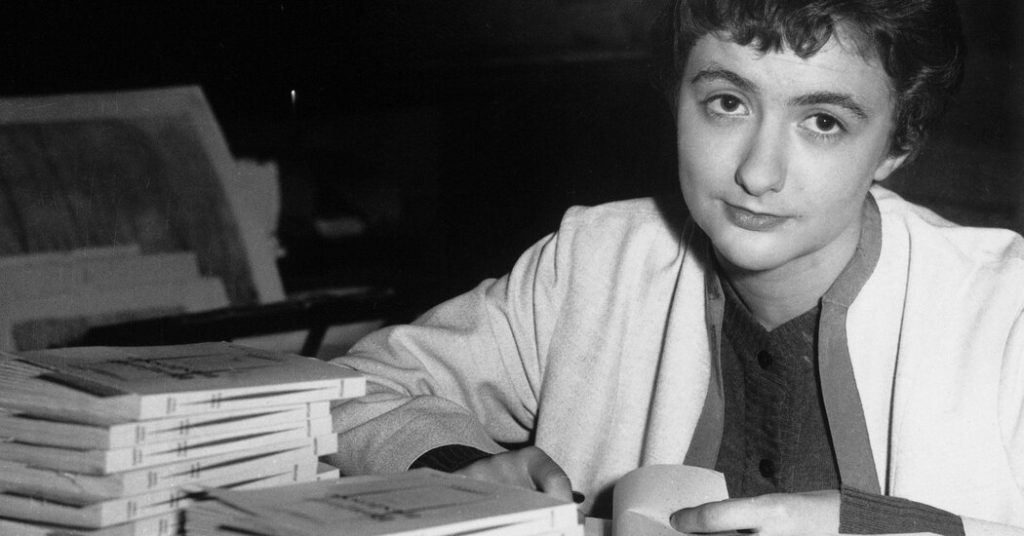“Childhood is an image, which we decorate,” Françoise Sagan wrote in her autobiography, “Réponses.”
Ms. Sagan, born Françoise Delphine Quoirez, was only 18 when her first novel, “Bonjour Tristesse,” published in 1954, caused a sensation across the globe. But she was not just a literary wunderkind: The teenage author became an object of worldwide press fascination (Pope Paul VI denounced the novel as “an example of irreligosity”), and the caricature of those years would haunt her.
From the get-go, many recognized Ms. Sagan as a genuine talent, with critics likening her to the fellow literary enfant terrible Colette. In Le Figaro, the French novelist François Mauriac called her a “charming monster,” but conceded that“talent bursts on the first page. This book has all the ease, all the audacity of youth without having the slightest vulgarity.”The philosopherJean-Paul Sartre deemed her the real thing, and “Bonjour Tristesse” went on to win the Prix des Critiques in 1954.
While the author’s own life encompassed the full spectrum of adult tragedies and pleasures — as well as 20 books — in the popular American imagination, her image seems curiously bound up with youth: “it” girl; French girl. Today, we might add “nepo baby” because of her parents’ social connections — her father was a prosperous industrialist, her mother from an old landowning family.
Naturally, this reputation conferred skepticism. (The fact that by age 21 her father had managed her earnings into a tidy fortune could not have helped.) There were those who were not shocked, yet unimpressed by what they regarded as a pampered daughter of the bourgeoisie, with middling talent and a great publicist. (This paper dismissed Ms. Sagan, calling “Bonjour Tristesse” an “immature little novel, mainly a catalogue of moods experienced under the strain of a father-complex by a fairly precocious French girl.” )
“My feeling is that she represents something important in the French literary and cultural imagination,” said the novelist Tash Aw. “There’s also something about the setting of ‘Bonjour Tristesse’ that is so quintessentially French that it stays in the popular imagination even if people have never read the book.”
The book is the story of a teenage girl and one eventful summer in the south of France, a coming-of-age novel that combines cleareyed insight with a vivid evocation of youth. The mixture of the well-educated bourgeois schoolgirl — Ms. Sagan took her pen name from Proust and her debut’s title from Paul Valery — and frank discussion of adultery proved a potent combination. In a rapidly changing France, readers thrilled to a novel that expressed the ambivalence of generational shift; the rest of the world, long obsessed with a dynamic stereotype of French sophistication, was equally entranced by this prototypical, modern, politically engaged French girl.






